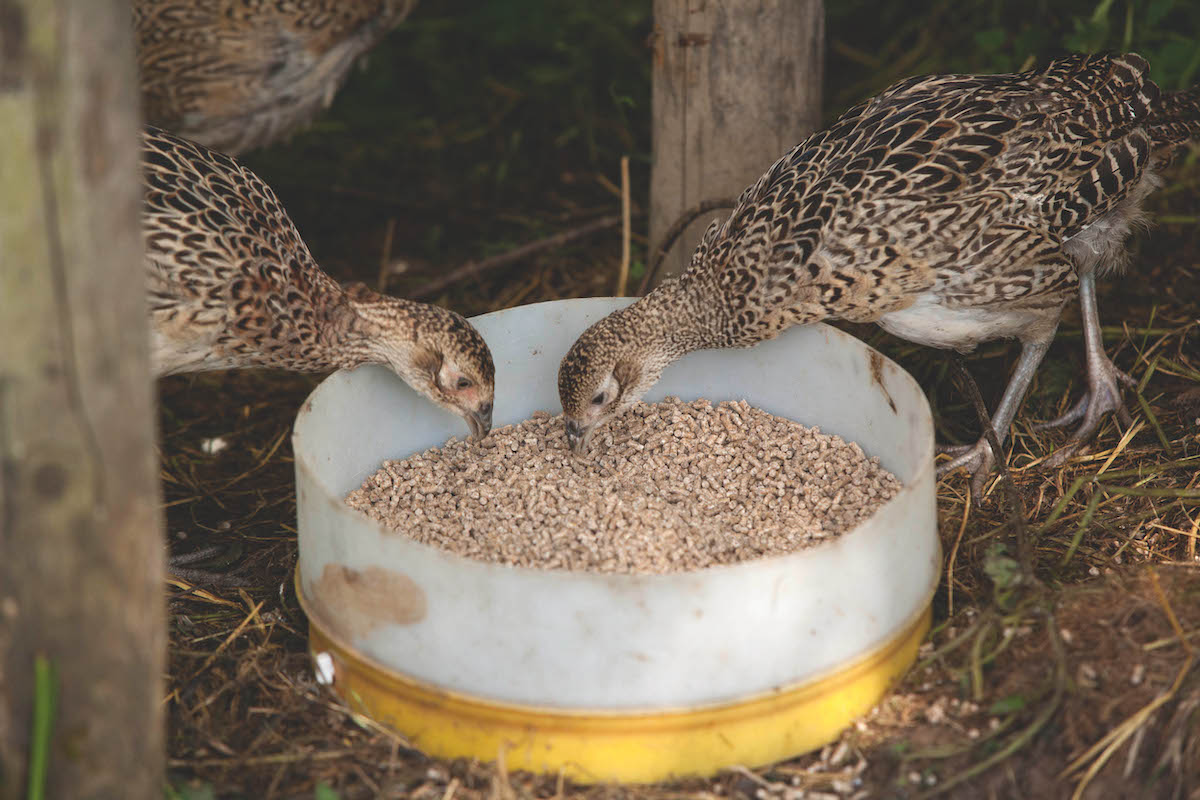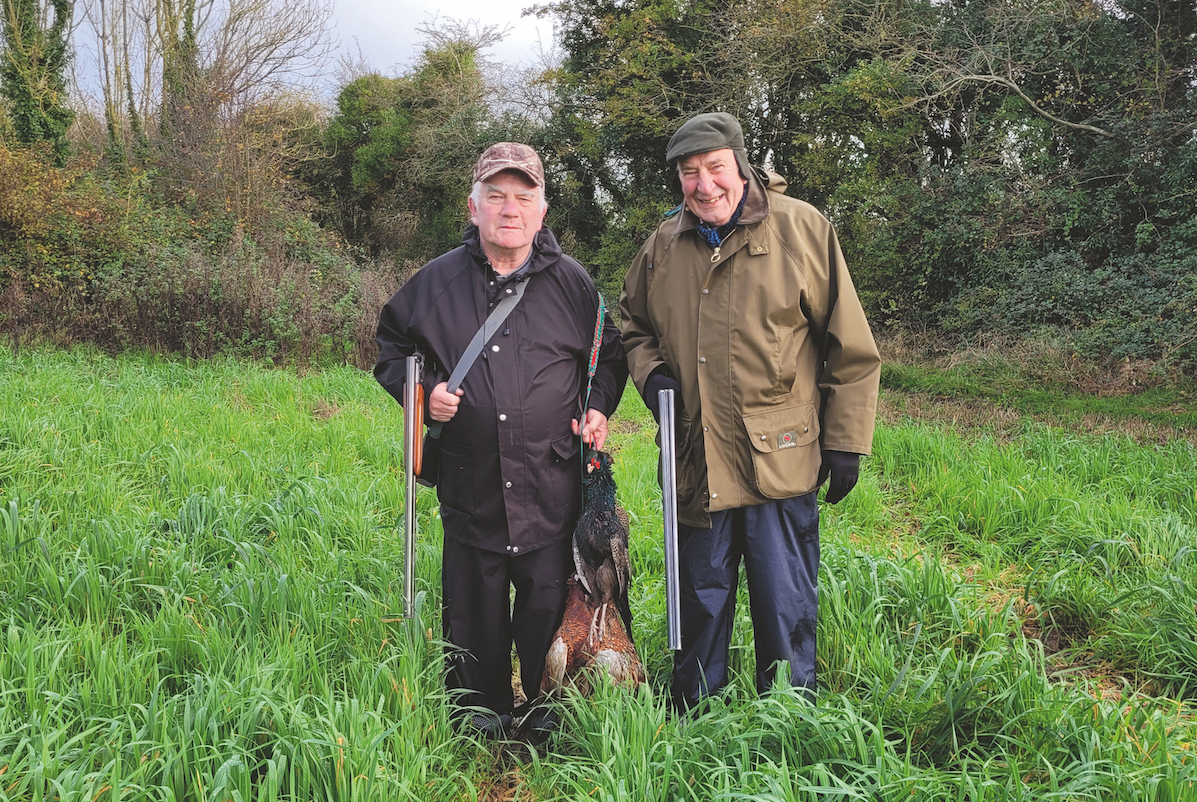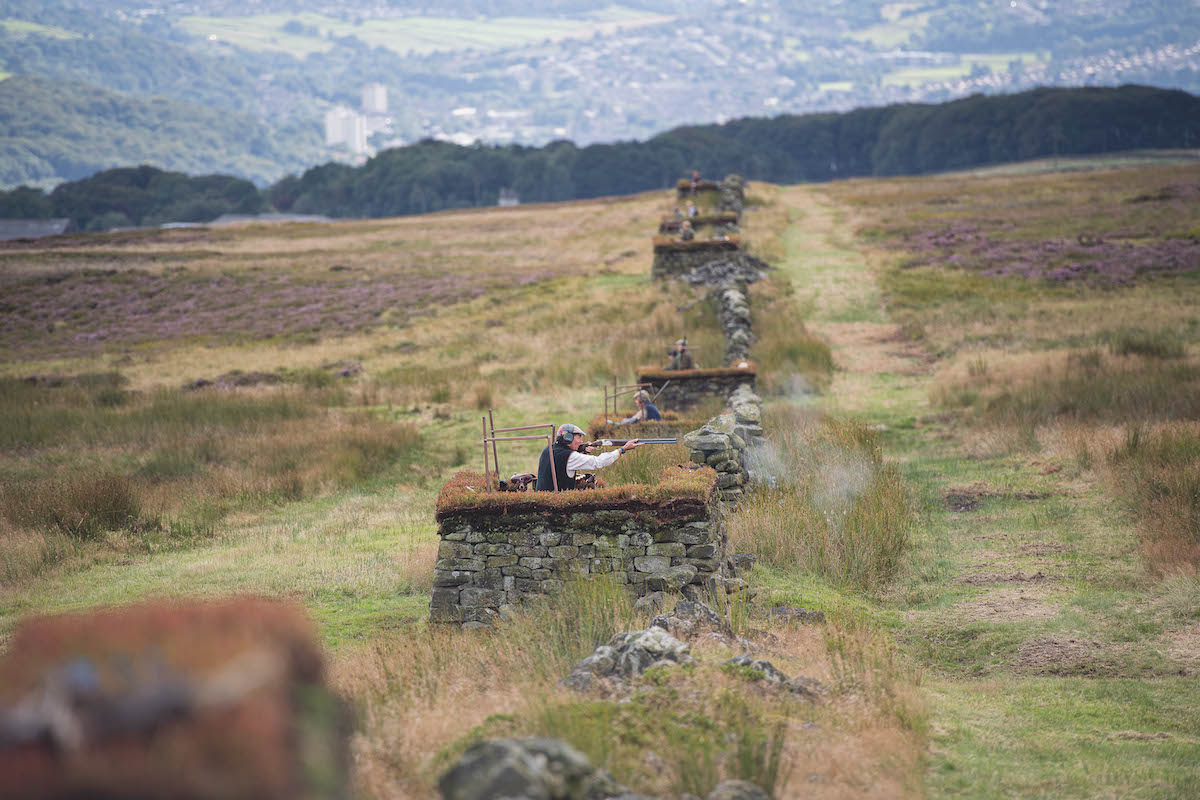Protecting poults and giving them time to thrive
As we all know the loss of poults on small shoots can be a real frustration, so protecting against raptor attacks is time well spent, says Liam Bell

Releasing older poults increases the chance that they will be able to escape the clutches of raptors
Losses of released birds to raptors is usually less than 5% of the number of birds put down. There are of course places where it is higher, but in many cases it can be as low as 2% or 3%. But this doesn’t make it any less frustrating when you find kills, especially if you only put a few birds down to start with.
Protecting poults
Pheasant poults have usually outgrown sparrowhawks when they get to 10 to 12 weeks of age. They will be too big and streetwise for all but the largest and most determined of buzzards a month later, but sadly never get too big or clever enough to escape the clutches of a goshawk. A goshawk will kill fewer birds as the poults mature — and become more attuned to danger — but they are never really out of harm’s way. A hen goshawk is quite capable of killing an adult cock pheasant. Thankfully, as most kills occur in the first couple of weeks the poults are in the pens, there are things we can do to deter birds of prey and improvements we can make to the habitat within the release pens themselves to reduce both the actual losses and the stress caused to the birds by the raptors that target them.
That said, the biggest single thing you can do to reduce kills in your pens is to release your birds at eight weeks of age instead of the more usual six-and-a-half to seven weeks. They grow a huge amount in that extra week, put on weight and generally just get stronger. Bigger, stronger, sharper poults are more likely to escape the clutches of a bird of prey and less likely to suffer from stress-induced illnesses if they are being harassed.
Inside the pen itself, rides that twist and turn are preferable to ones that run in straight lines and will help in protecting poults. Not only will they offer the birds some protection from the worst of the weather, but it will also make it harder for sparrowhawks to pick up enough speed to deliver a blow sufficiently hard to stun and anchor a poult to the ground before they kill it. It will also make things harder for the buzzards as they are less agile, though a lot of their hunting is ‘still’ hunting, where they sit on a post or the branch of a tree and wait to drop on to something that walks underneath them. (Read how to create the perfect pheasant pen.)

A goshawk is quite capable of killing even an adult pheasant, but there are things you can do to help prevent attacks
Escape routes
The cover adjacent to the rides is arguably more important than the rides themselves. Grasses are good for insects and are favoured by the birds for sunning themselves after a cold night or a shower of rain, but they offer little in the way of protection from aerial attacks. Hard cover such as bramble, bracken, low thorn or indeed anything that offers an overhead canopy and an escape route is preferable to soft herb cover that sparrowhawks and buzzards would be more than happy to plough into to grab a bird. Fewer poults are killed in the hard stuff because raptors are wary of damaging their wing feathers and don’t like being hemmed in by cover with no obvious way out.
If a pen is lacking in cover, dropping hazel and dragging in branches from outside will help, but it won’t be as good as having permanent cover growing there the whole time. And if planting additional permanent cover next spring isn’t an option, you may even want to think about moving the pen onto fresh ground where there is more.
Feeders and drinkers are best on the edges of the rides. It is undoubtedly more pleasing to the eye to have them lined up in the centre, but if they are on the edges, birds that are using them will be closer to somewhere to hide if something comes after them. Admittedly, it is a little harder to get a feel for how the birds are doing if you can’t see them, and it does make the filling and checking of the drinkers and feeders less straightforward if they are scattered about, but it does reduce the predation and does encourage you to walk the pens more instead of just peering down the rides.
Scaring devices will work to a degree, but only when they are new and fresh. Anything that is put out will need moving and renewing regularly. Birds of prey, like pigeons and crows on arable crops, soon get used to things and are quick to learn the differences between something that could be a threat to them and something that is not.
Bags, flags, scarecrows and dressed up tailors dummies will all work, but only if they are moved and changed around. If they are left in the same place, they will keep things away for three, maybe four days max. Any longer and even the most garish of scaring devices become part of the scenery and get ignored.
In order of effectiveness for protecting poults, I’d put plastic bags last, and scarecrows and the spinning mirrors and discs used to keep pigeons off arable crops first. The mirrors and disks do need a bit of wind though, so they won’t work everywhere.
We have tried diversionary feeding as well. Our thinking being, that if the feeding of day-old broiler chicks to hen harriers on Langholm Moor reduced the predation of grouse chicks, something similar could work down south and reduce the predation of our pheasant poults by buzzards. It worked to a degree when the adult buzzards were feeding youngsters in the nest, but once they were fledged it didn’t appear to do much. The youngsters wanted to hunt, and dead rabbits and squirrels just didn’t really do it for them.

Placing hoppers at the edge of rides makes it easier for birds to hide in cover if an aerial attack takes place
A decrease in numbers
Incidentally, I am hearing reports from people in other parts of the country that they are seeing fewer buzzards this year and do wonder how many have died after scavenging the carcasses of birds killed by avian influenza. Whether or not this turns out to be the case, and whether it is something that will affect scavengers for the foreseeable future, remains to be seen.








